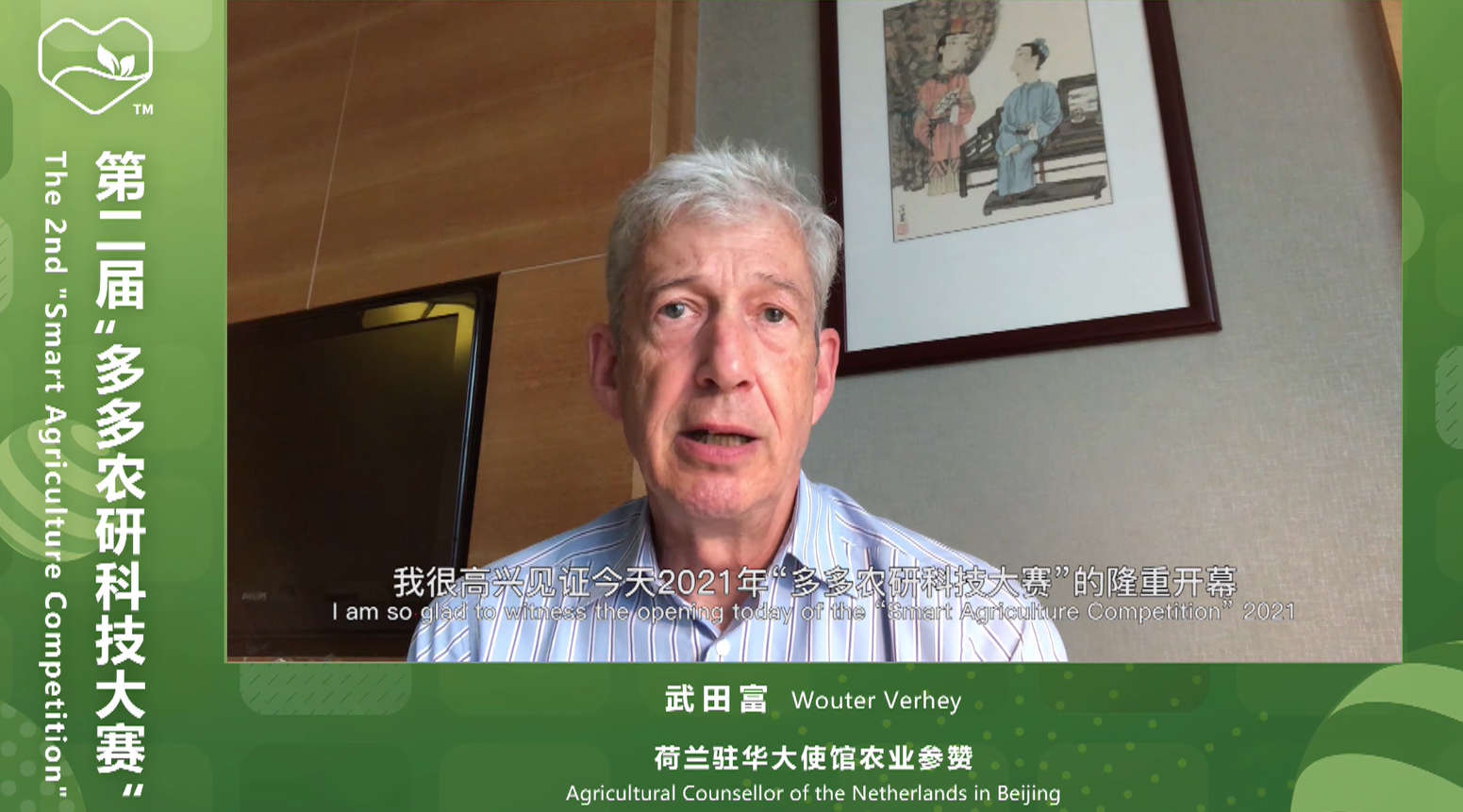In the heart of Turkey’s second-largest strawberry-producing region, Aydin, workers face extreme heat and grueling conditions to harvest the much-prized Sultanhisar strawberries. Despite temperatures soaring to fifty degrees Celsius inside greenhouses, the laborers continue their efforts to make a living, highlighting both the human and economic aspects of this demanding agricultural endeavor.
Strawberry Greenhouse Labor in Aydin
Aydin, known for its extensive 2400 hectares of greenhouse space dedicated to strawberry production, generates approximately 95,000 tons of strawberries annually. This production supports around 10,000 workers who toil daily under harsh conditions. The strawberries grown in this region, particularly the Sultanhisar variety, are highly valued and hold a geographical indication, emphasizing their unique quality and origin.
Challenging Conditions for Workers
The daily routine for these workers begins before dawn. They arrive early to avoid the peak heat of the day, as temperatures inside the greenhouses can climb significantly higher than outside due to the greenhouse effect. Despite the early start, the conditions are still extreme, with temperatures inside often reaching up to 50 degrees Celsius. The heat, combined with the physical demands of constant bending over to pick strawberries, makes the work exceptionally tough.
Workers rely on frequent water breaks and short rests to cope with the heat. They often pour water over their heads in an attempt to stay cool. Despite these measures, the conditions remain taxing, with instances of workers fainting from the heat being not uncommon.
Economic Realities and Gender Disparities
The economic compensation for this challenging work is modest. Male workers earn approximately $23 per day, while female workers are paid $19 per day. This wage disparity adds another layer of difficulty for many workers, particularly women, who endure the same harsh conditions but receive less pay.
Personal Stories from the Greenhouse
Workers like Belguzar Cona and Selma Asrak shared their experiences, highlighting the intense heat and physical strain of their work. Cona described the greenhouse conditions as sometimes intolerable, noting that the temperature inside can be ten degrees higher than outside. Asrak emphasized the necessity of her job to support her family, despite the extreme difficulty in finding and picking strawberries.
Guler Cakmak and Naciye Geris echoed these sentiments, pointing out the lack of other job opportunities in the region and the physical toll of the work. Geris remarked on the misconception held by outsiders that finishing work by noon makes the job easier. In reality, the heat and physical labor make even these shortened hours incredibly challenging.
Conclusion
The story of Aydin’s strawberry greenhouse workers sheds light on the broader issues of labor conditions, economic disparity, and the physical demands of agricultural work. It underscores the importance of considering both the human and environmental factors in agricultural production, as well as the need for sustainable practices that can mitigate some of these harsh realities.












